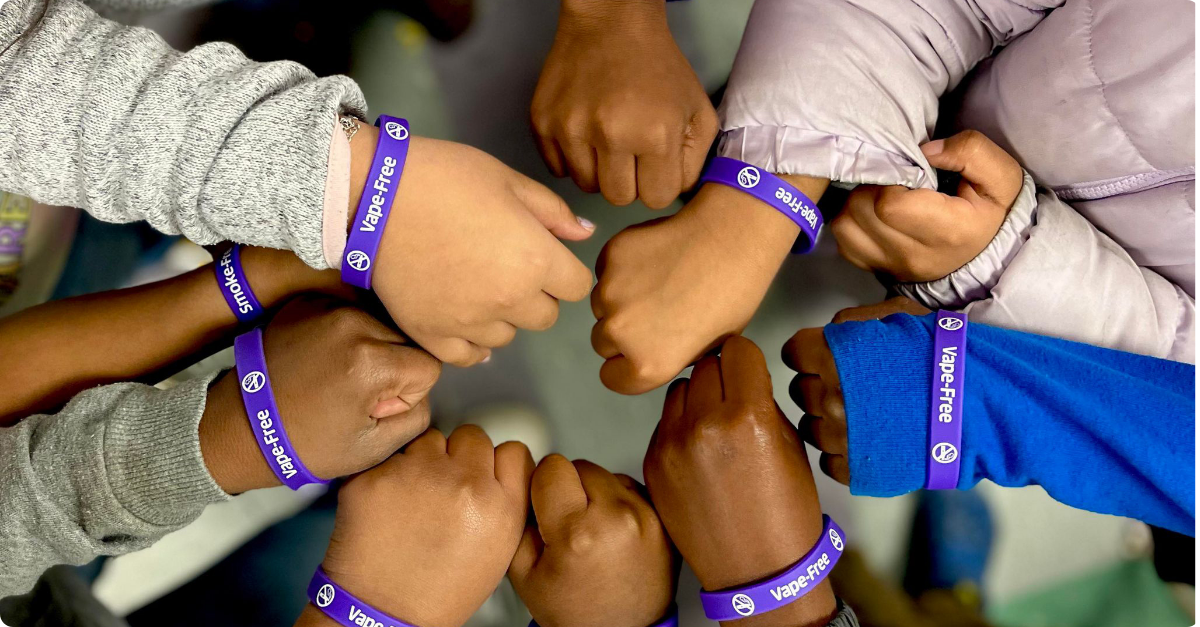How the Family YMCA of Emporia-Greensville Uses Active Breaks to Support Prevention Education
What if the most impactful part of helping kids learn was not a lesson plan or assignment, but a break – downtime to let the mind rest and process?
Elizabeth Justice, Positive Action Coordinator for the Family YMCA of Emporia-Greensville, can attest to the power of a brain break.
Positive Action is a program that emphasizes the power of positive actions to nurture mental, physical, and emotional health. And it’s an evidence-based, VFHY-approved program for preventing substance and tobacco/nicotine product use. Elizabeth’s job takes her to each class in Greensville Elementary School to teach the Positive Action curriculum.
Why Take Brain Breaks?
When Elizabeth started working at Greensville Elementary two years ago, she noticed that other teachers at the school frequently employ “brain breaks,” short breaks built into the school day to let students rest their minds before returning to their lessons.
Research shows brain breaks to be effective for helping students focus in class. However, in Elizabeth’s experience, they were losing their effectiveness. She realized most of the teachers were using the same brain breaks every time, and they were usually sedentary, like watching a video. She started brainstorming ideas for quick ways to recharge that would give students the mental rest they were craving.
At the same time, Elizabeth was focusing on her own health and attending exercise classes. Her gym routine inspired an idea: Why not shift to active brain breaks, with the students performing quick, fun workouts?
Get Active
Elizabeth now utilizes two types of active brain breaks: cardio drumming and Tabata workouts. Cardio drumming routines are rhythmic, music-inspired workouts using motions that mimic drumming, and Tabata involves short bursts of different exercises. So far, Elizabeth has only used workouts designed by other creators, but she plans to develop her own routines soon.
Each break lasts only a few minutes, but the effects are felt all day long. Immediately after a break, the students are more focused and engaged with the lesson than they were before. Over time, as active brain breaks have become a part of the Positive Action routine, Elizabeth has noticed improved moods and excitement to learn in her students.
She credits this to the kids having a chance to burn some excess energy and let their minds rest. Additionally, the active breaks are a form of positive motivation. Kids look forward to the breaks but know they will only have one if they finish the day’s Positive Action lesson.

Active breaks are a perfect support to prevention education. Studies show a link between physical activity and decreased use of substances and tobacco/nicotine products. Plus, as Elizabeth highlighted, Positive Action integrates physical health, with the program’s second unit focusing on “positive actions for the body and mind.”
Elizabeth says that her experience teaching Positive Action and incorporating active brain breaks into her lessons has taught her the importance of going with the flow. “I have definitely learned to be flexible, to adapt, and I have learned that these children really need a positive, encouraging person throughout their day,” she said.

